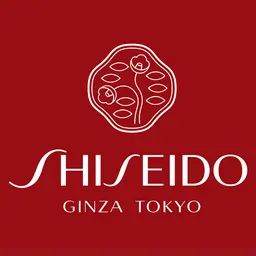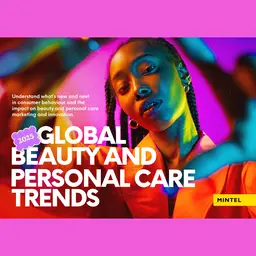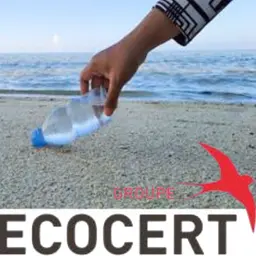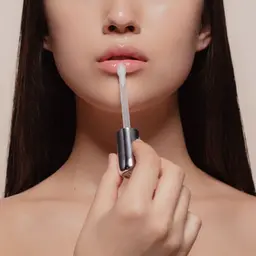
Baby products are a sensitive subject. In Europe, hygiene and skincare products for babies and children are considered to be cosmetic products. But is this always the case if you want to export them? Estelle Dehier, from Labosphère, explains.
In a previous article, we looked at the specific development of this type of product.
But from a regulatory point of view, what are the vigilance points for international marketing?
Are all categories of cosmetic products for children to be considered in the same way? Do we all have the same definition of an “infant”, a “baby” or a “child”?
Here’s a quick look at international regulations.
Product status: what category or categories of children’s products are we talking about?
China
Children’s products are considered to be “specific cosmetics” and not general cosmetics.
Toothpastes are not considered cosmetic products for adults, but when they are intended for children, they must follow the regulations for specific cosmetic products.
Products “for the whole family”, as well as those suggesting use by children, must be registered as cosmetic products for children, i.e. specific cosmetics.
Canada
Products for diaper rash are covered by a monograph that was recently updated (February 2024). Among other things, it lists the active ingredients and labelling requirements for this type of product.
Diaper rash products are also subject to a marketing authorisation application before they can be marketed.
East Africa
Baby products are considered to be special cosmetics …













